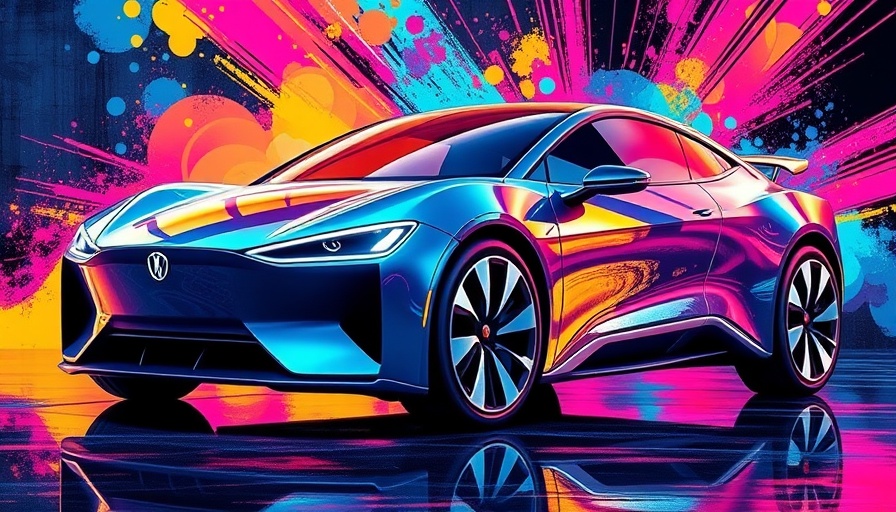
Unfolding the Automotive Dreams: The Rise and Fall of Fisker
Henrik Fisker's ambitious dream to revolutionize the electric vehicle (EV) market with the Fisker Ocean has unraveled into a cautionary tale. Once a symbol of innovation, the company faced a series of alarming setbacks since its launch in 2023. Despite high expectations, Fisker's reality revealed production issues, disappointing sales, and engineering failures that ultimately led to its bankruptcy filing.
Charting a Timeline of Decline
Fisker’s decline was as swift as it was dramatic. The turning point arrived post-launch, with production falling short of ambitious targets: only 1,022 Ocean SUVs were produced in Q2 2023, well below the forecasted figures of 1,400 to 1,700 vehicles. These struggles were compounded by a series of financial maneuvers, including a plan to raise $340 million through convertible notes aimed at bolstering operations and future growth ambitions.
The Faulty Foundation: Mechanical and Technical Shortcomings
At the heart of Fisker's challenges were alarming reports from consumers and investigations initiated by federal safety regulators. Complaints regarding braking failures and sudden power loss have plagued the Ocean SUV. Reports indicated more than 100 instances of power loss since delivery, raising significant safety concerns. The pivotal moment came when the NHTSA launched formal investigations into the vehicle’s braking system following numerous complaints from frustrated owners.
The Heavy Price of Ambition: Lessons From Fisker’s Downfall
Poor planning and execution can mar even the brightest technological advancements. Fisker’s drive to provide cutting-edge electric vehicles did not account for the practical implications of rapid production and design. The EV market is flooded with potential; however, success hinges on sustained quality assurance and addressing consumer feedback. The importance of pre-launch testing and real-world performance evaluation cannot be understated.
The Future of Electric Vehicles: What Can Be Learned?
Fisker’s saga serves as a lesson as to what emerging tech trends should emphasize—robust engineering, consumer engagement, and flexible production systems. As the world now moves deeper into the electric landscape, companies must be wary of overstretching their capabilities. Successful players will likely prioritize reliability over sheer volume, ensuring their innovations translate into sustainable technologies.
Seeking Solutions: Innovations in the Electric Vehicle Space
Despite the lessons learned from Fisker’s trial, the electric vehicle market continues to thrive, largely driven by advancements in AI technology and machine learning tools. Established brands as well as new entrants are investing heavily in software for AI development to improve safety, efficiency, and user experience. Upcoming tech innovations suggest that future vehicles will integrate more AI-driven systems to prevent malfunctions and enhance performance.
Call to Action: The Road Ahead for Tech Enthusiasts
As we reflect on Fisker's journey, it is more critical than ever for consumers and tech enthusiasts to remain informed about tech evolution within the automotive industry. Stay engaged with the latest updates in emerging tech trends, and consider how your insights can shape future innovations.
 Add Row
Add Row  Add
Add 




Write A Comment